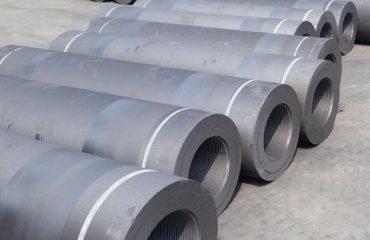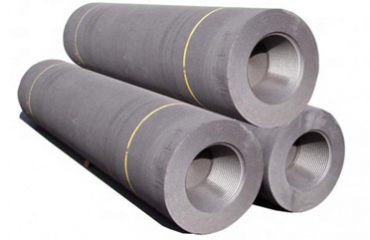The floatation method is to use the floatability of graphite to enrich and purify the graphite, which is mainly suitable for the natural flake graphite with good floatability. The final concentrate grade of graphite after flotation is usually about 90%, sometimes 94-95%. Because some silicate minerals and potassium, sodium, calcium, magnesium, aluminum and other compounds are very fine-grained disseminated in graphite scales, even if they are finely ground, it is not easy to cleave the monomer, so it is difficult to remove this part of impurities by physical beneficiation.
Therefore, the flotation method is mainly used in the preliminary purification of graphite. The purity of the purified graphite is not high. In order to improve the grade of graphite, chemical or thermal methods should be used to further remove impurities in graphite. Yuechenglin’s research confirmed this point. In his experimental study of the scale graphite rapid flotation process, he concluded that the rapid flotation process can make the grade of 4.35% of the raw ore, and get the grade of 91.89% and the recovery of 92.52% of the graphite concentrate. Compared with the common flotation method, the grade of graphite concentrate in the rapid flotation process is increased by 1.15%, the recovery rate is increased by 4.28%, and the yield of large pieces of graphite is also significantly improved.


